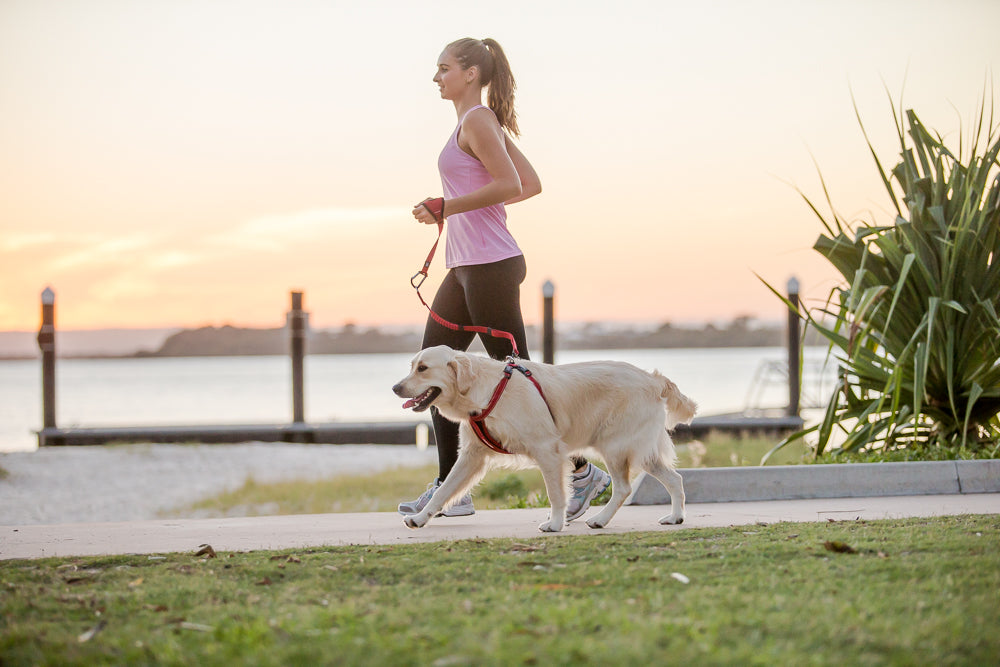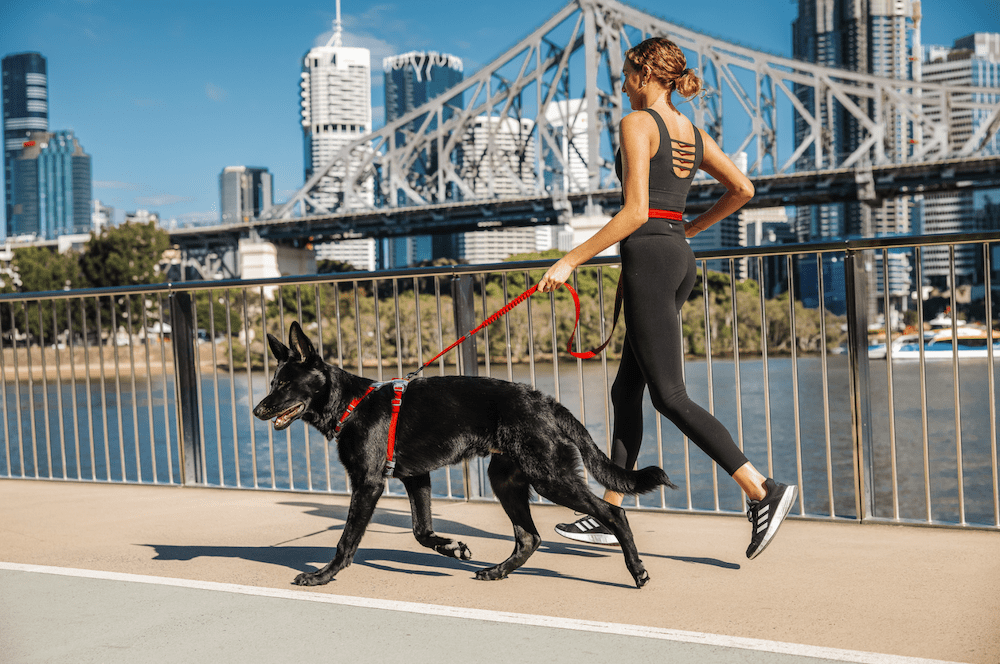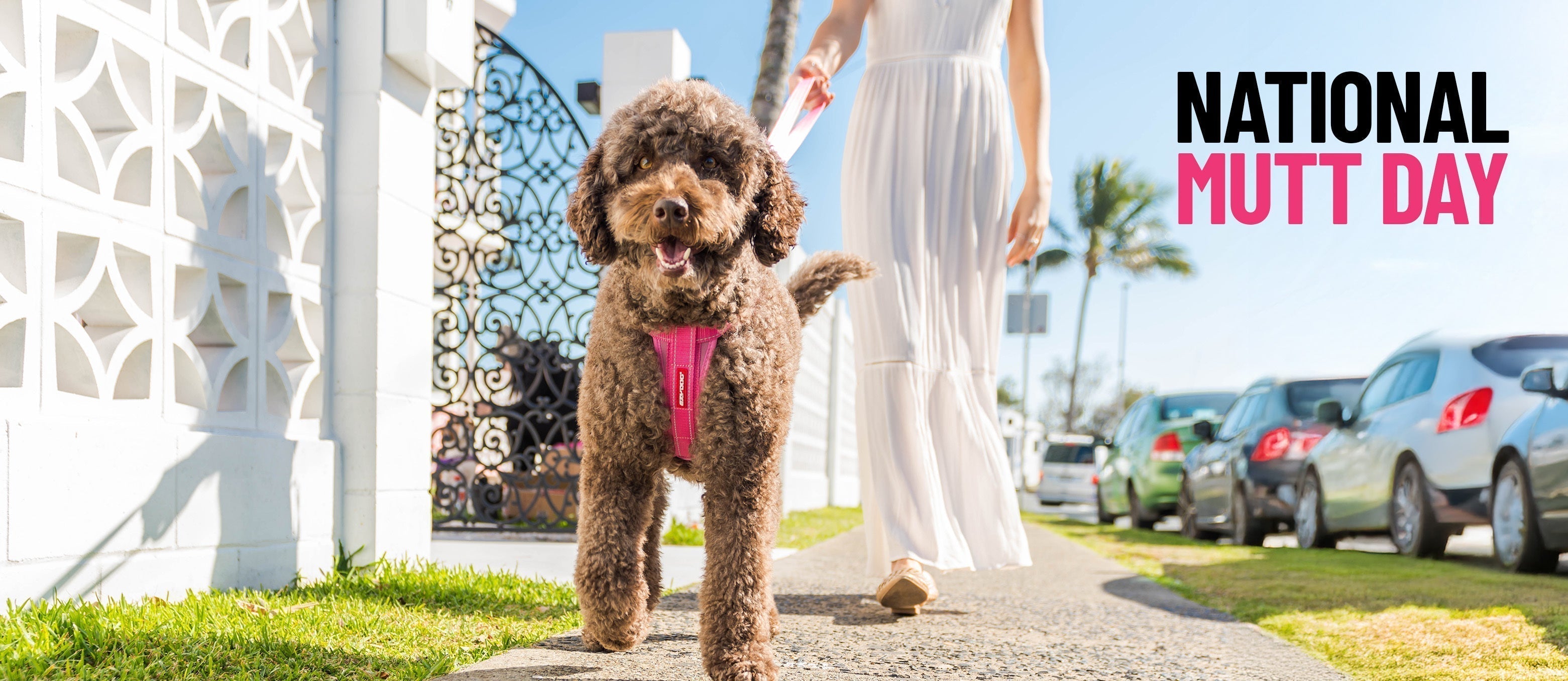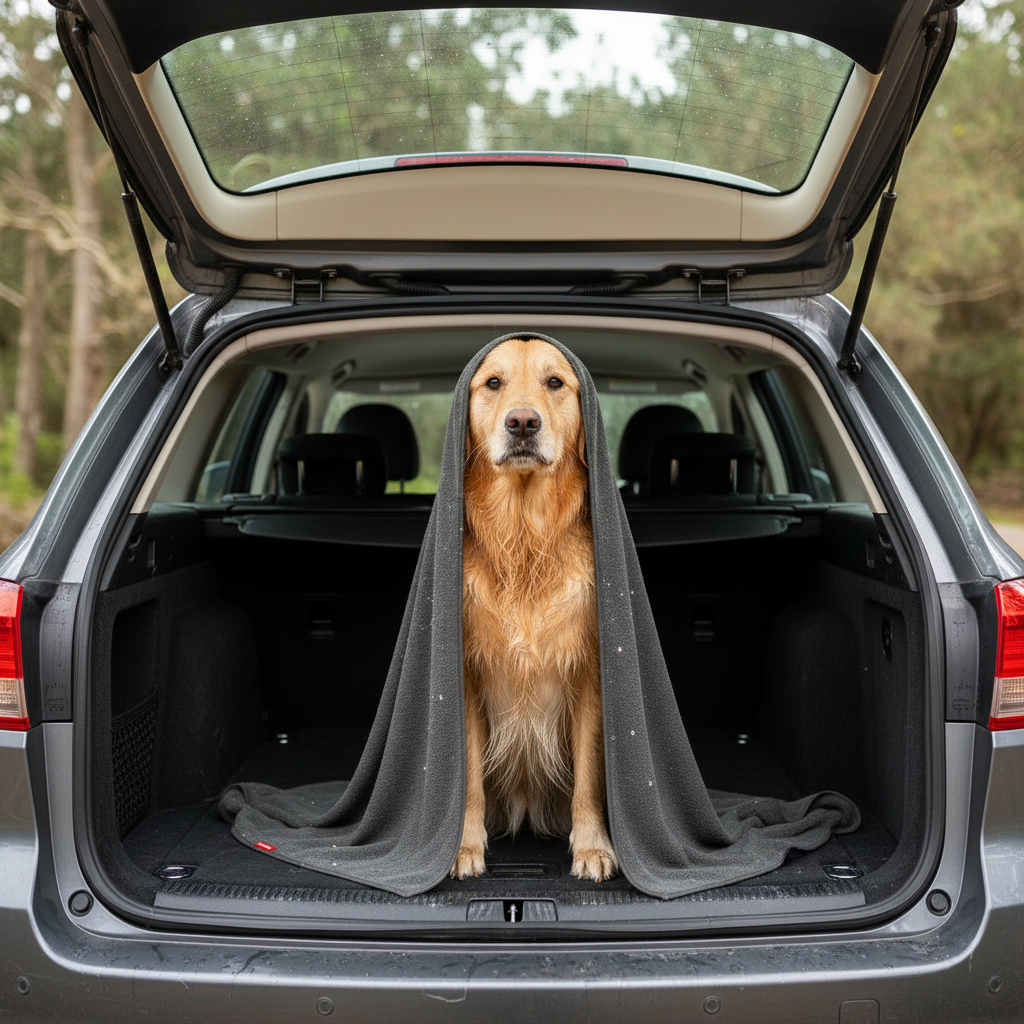
The Best Dog Leash for Running: Keeping You and Your Dog Comfortable and Safe
Running with your dog is one of the most rewarding ways to spend time together. It boosts your fitness, strengthens your bond, and keeps your pup mentally stimulated.
But running with an everyday leash or collar? That’s a recipe for discomfort, or worse—injury. A purpose‑built running leash and properly fitted harness make all the difference. With the right gear, every run becomes smoother, safer, and more enjoyable for both of you.
What Makes a Dog Running Leash Different?
Standard leashes are built for casual walks, not high‑energy strides.
When you run, your arms move in rhythm—yanking the leash and throwing off your dog’s balance. Add a phone or water bottle, and things quickly get awkward.
That’s where a hands‑free dog leash shines. It clips around your waist, keeping your arms free and your gait natural. Trail runners say it also prevents shoulder and back strain from sudden tugs—and your dog doesn’t get jerked around by collar pulls.
It’s a more comfortable run all round.
Why a Shock‑Absorbing Bungee Matters
Dogs don’t run in a straight line like we do.
They pause to sniff, dart sideways, or slow down without warning. These sudden changes can cause painful jolts—unless your leash can absorb the shock.
That’s why a bungee leash is essential. It cushions the blow and reduces tension on your body and your dog’s neck or harness.
Just be wary of cheap elastics that lose their bounce. A good leash—like EzyDog’s with Zero Shock™ tech—offers a controlled, responsive stretch that doesn’t compromise handling.
Hands‑Free Versus Handheld
A hands‑free leash gives you freedom and balance. It wraps around your waist and evenly spreads force across your hips—ideal for flat trails or well‑behaved dogs.
But in crowded areas, a handheld leash can offer more control. You can quickly guide your dog away from others or let go if needed.
Many runners train with a handheld leash before upgrading to waist‑mounted gear. The best approach depends on your dog’s training and the running environment.
Proper Leash Length
The length of your dog’s leash affects both safety and rhythm.
For most runs, 6 feet (around 1.8 metres) is ideal. It gives your dog freedom to move without tripping you up.
Longer bungee leashes are better suited for wide open spaces. On busy footpaths or bush tracks, a shorter length keeps your dog close and reduces risk.
Look for leashes with adjustable lengths if you vary between different routes.
A Comfortable, Adjustable Harness
A harness helps distribute pressure evenly and avoids the choking risk of collars—especially during a run.
Look for a snug but comfortable fit. Your dog should move freely without rubbing or chafing.
The best running harnesses have adjustable straps, reflective stitching, and leash clips at both the front and back. Padding under the chest and belly ensures your dog stays comfortable even on longer outings.
Some dogs pull less with front‑clip harnesses, but every dog reacts differently. Keep an eye on comfort and behaviour, and adjust as needed.
EzyDog: Premium Gear Designed for Runners
EzyDog Road Runner™ Leash
This leash is designed for high‑energy runs and dynamic movement.
Its built‑in Zero Shock™ bungee absorbs jolts from sudden stops or changes in pace. A side‑release buckle lets you adjust length or wear it around your waist, shoulder, or hand.
The soft neoprene handle offers comfort in handheld mode, while reflective stitching enhances visibility at dawn or dusk. A barrel lock and D‑ring make it easy to attach accessories like keys or poop bags.
It’s 7 feet long—enough to let your dog stride out, but short enough to stay in control.
EzyDog Quick Fit™ Harness
This harness is simple to put on and built for motion.
It features a one‑click buckle and an under‑sleeve adjustment strap for a secure, personalised fit. The neoprene chest padding protects against rubbing, and reflective stitching keeps your dog visible in low light.
A stainless steel D‑ring provides a sturdy leash anchor, and the harness is designed to minimise pinching. It’s comfortable, lightweight, and works well with all leash types.
Together, the Quick Fit Harness and Road Runner Leash form the ultimate running combo.
Tips for Running with Your Dog
1. Train Before You Run
Start with loose‑leash walking and basic commands like “slow,” “turn,” or “stop.” Build trust before switching to hands‑free gear.
2. Mind Your Gait and Posture
A handheld leash can mess with your stride and cause hip pain. Hands‑free options support natural movement and reduce strain.
3. Prioritise Comfort
Choose gear with padded, breathable materials. Avoid anything that rubs under the legs or around the chest.
4. Pick the Right Path
Stick to cool, shaded routes. Avoid asphalt on hot days—it can burn paws. Bring water and take regular breaks.
5. Be Visible
Reflective stitching or LED lights keep you and your dog seen by others—especially important during early or late runs.
6. Build Endurance Gradually
Don’t push too hard. Start with short jogs and increase distance slowly. Monitor for signs of fatigue or overheating.
7. Carry the Essentials
Bring waste bags, treats and water. Use your leash’s D‑ring or a running belt with pockets to keep everything handy.
Why EzyDog Is the Best Choice
EzyDog’s leashes and harnesses combine expert-recommended features with real-world practicality.
The Zero Shock™ bungee absorbs tension. Adjustable belts let you customise fit. Reflective materials improve safety. And soft, padded harnesses protect your pup from rubbing or pinching.
It’s gear made for active Aussie dog owners—durable, reliable, and ready to perform on every trail or track.
With EzyDog, you’re not just going for a run. You’re building a lifestyle with your best mate—safely, comfortably, and confidently.
FAQs
Q: Can I use a regular leash for running?
It’s possible but not ideal. Regular leashes restrict your movement and increase the risk of strain. Running-specific leashes are much safer and more comfortable.
Q: How do I train my dog to run with me?
Start with loose‑leash walking and short jogs. Use verbal cues, build up distance gradually, and consider starting with a handheld leash before switching to hands‑free.
Q: Is a bungee leash better than a fixed one?
For running, yes. A bungee leash absorbs the shock of sudden stops or changes in pace, protecting your body and your dog from jarring pulls.





Leave a comment
This site is protected by hCaptcha and the hCaptcha Privacy Policy and Terms of Service apply.